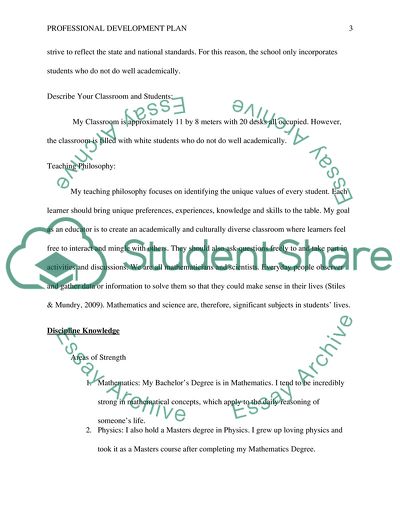Cite this document
(Improving Diversity in Todays Classroom Report Example | Topics and Well Written Essays - 2250 words - 2, n.d.)
Improving Diversity in Todays Classroom Report Example | Topics and Well Written Essays - 2250 words - 2. https://studentshare.org/education/1784521-professional-development-plan
Improving Diversity in Todays Classroom Report Example | Topics and Well Written Essays - 2250 words - 2. https://studentshare.org/education/1784521-professional-development-plan
(Improving Diversity in Todays Classroom Report Example | Topics and Well Written Essays - 2250 Words - 2)
Improving Diversity in Todays Classroom Report Example | Topics and Well Written Essays - 2250 Words - 2. https://studentshare.org/education/1784521-professional-development-plan.
Improving Diversity in Todays Classroom Report Example | Topics and Well Written Essays - 2250 Words - 2. https://studentshare.org/education/1784521-professional-development-plan.
“Improving Diversity in Todays Classroom Report Example | Topics and Well Written Essays - 2250 Words - 2”. https://studentshare.org/education/1784521-professional-development-plan.


